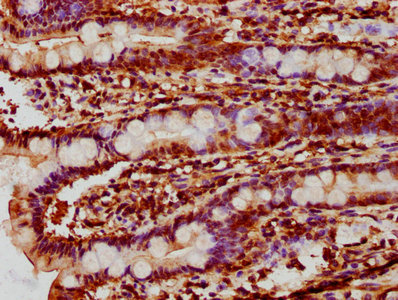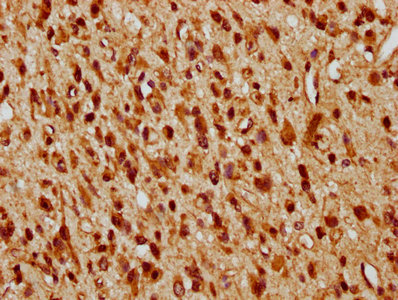CAD antibody; Caspase activated deoxyribonuclease antibody; Caspase activated DNase antibody; Caspase activated nuclease antibody; Caspase-activated deoxyribonuclease antibody; Caspase-activated DNase antibody; Caspase-activated nuclease antibody; CPAN antibody; Deoxyribonuclease III, caspase activated antibody; DFF 40 antibody; DFF-40 antibody; DFF2 antibody; DFF40 antibody; Dffb antibody; DFFB_HUMAN antibody; Didff antibody; DNA fragmentation factor 40 kDa subunit antibody; DNA fragmentation factor subunit beta antibody; DNA fragmentation factor, 40 Da, beta polypeptide (caspase activated DNase) antibody; DNA fragmentation factor, 40 kD beta subunit antibody; DNA fragmentation factor, 40 kD, beta polypeptide antibody; DNA fragmentation factor, 40kDa, beta polypeptide (caspase activated DNase) antibody; OTTHUMP00000003633 antibody








